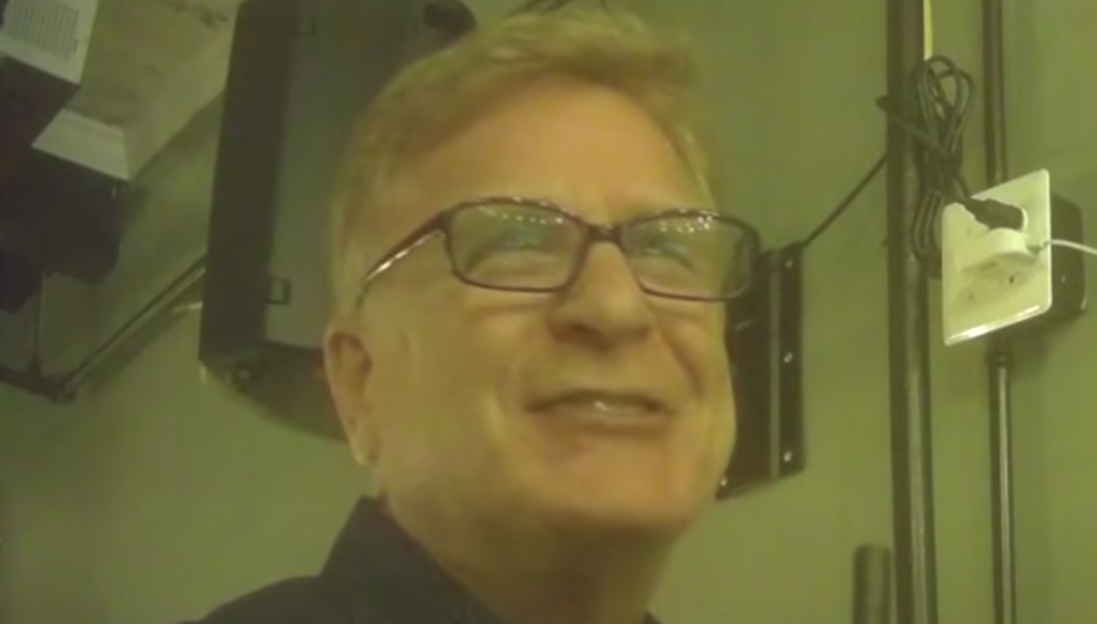The FBI just got caught with their hand in the cookie jar up to the elbow. Again. This time they seem to be busted cold for evidence tampering. It only goes to show you that Gestapo General Merrick Garland meant every word he said when he went on TV to proclaim he really runs this country. Everything the Federal Bureau of Instigation does is totally legal, always. No matter how you feel about the NXIVM case or it’s suspects, the bureau went so far over the top trying to prove their case that they may have blown it. Manufacturing evidence as you go is a big no-no.
FBI caught faking evidence
The FBI stands accused of faking evidence which could free an alleged cult leader. Keith Raniere is square in the middle of the NXIVM scandal and the downfall of its secret inner circle “DOS.” He was the “personal development” group’s founder.
Currently serving 120 years in prison on racketeering, sex trafficking, forced labor conspiracy, and wire fraud conspiracy, Raniere could end up free as a bird. New evidence has emerged which could allow his lawyers to overturn the October 27, 2020 conviction.
Raniere has a new legal team and they’re raising “concerns about key evidence presented at his 2019 trial.” His counselors, led by attorney Joseph Tully, are “accusing the FBI of tampering with the photographic evidence.”
#Rerun #FBI #Corruption
Deeply Rooted Political Infection Rotting the FBI https://t.co/HE1aZVpmxp via @Deep State Rabbit Hole— Kilgore Trout (@Kilgore73862013) November 26, 2022
They altered metadata to make the evidence “fit the ‘government’s narrative‘ which was then used to ‘secure convictions for the racketeering acts of possessing child pornography and sexual exploitation of a minor‘ according to the ‘Motion to Hold Appeal‘ documents,” Newsweek writes.
The lawyers won’t be asking the judge to take their word for it. They hired some heavy-hitting experts in forensic examination including “former FBI Special Agent and computer forensic examiner and instructor Dr. J. Richard Kiper.”
For a second opinion, they handed their files over to “Senior Forensic Examiner Stacy Eldridge,” also a former bureau agent. Rounding out the team of scholars investigating the evidence are “Harvard Law School professors Ron Sullivan and Alan Dershowitz.” They also signed up “former U.S. Attorney for the Eastern District of Arkansas Bud Cummins.”

Substantive due process violations
The panel of experts has officially concluded that “there is new evidence of substantive due process violations at Raniere’s original trial.” When they say “substantial” that means enough to overturn the verdict and, at the least, declare a mistrial. As former federal prosecutor Cummins explains, they “have a number of digital forensics experts, somebody who has experience within the FBI and are very familiar with their procedures, who are willing to go on the record and testify that they believe tampering occurred.”
It will be interesting to see how Merrick Garland and Christopher Wray try to weasel their way out of this one. “According to court documents, experts believe the camera card was likely altered between April 11, 2019, and June 11, 2019, while in FBI custody.”
The whole thing boils down to something simple enough anyone can understand it, even a federal judge. The feds simply manipulated dates on photos and folders to make them fit the story. Raniere was convicted on evidence purporting to prove that he took nude and “pornographic” photos of an underage “Camila.” Dates on the photos “proved” she was 15 when they were taken. If they were taken when she was in fact 18, Raniere had a pretty solid defense claim that the nudes were “artistic” rather than “pornographic.” If the model was of age, no crime was committed. By Raniere. It would, though, prove crimes were committed by bureau instigators.
— Craig Doug (@CraigDoug01) November 25, 2022
Especially suspicious and concerning is a huge break in the evidence custody chain, at a crucial juncture. “Whenever we transfer evidence in the FBI, we have not only the chain of custody that the person signs, accepting custody of evidence at a date and time, but also they sign if the evidence looks to be sealed and it must be sealed with evidence tape with the person’s initials and the date across the seal.” It wasn’t. The first bureau examiner didn’t find anything interesting. “In the last week of trial, he got an assignment overseas and this camera card was transferred to another forensic examiner, in an unsealed package by the way, and that second examiner found 37 additional files and additional photographs on the camera card and 31 of those were in common to external hard drive.”
All six of the experts, beginning with the forensic examiner conclude that “the photo dates on the hard drive have been manipulated and folder names were forged to look like they were auto-created in 2005.” The FBI had in their possession an external hard drive allegedly holding “the backup copies from photographs that originated on the camera card.” The short story is the camera chip and the hard drive don’t match up.
“You can take photos with the camera then they are saved to the camera card and then they were transferred to another computer, an intermediary computer that was never found, never produced, never seen. But then from that mysterious computer, the backups of all of these photographs were made onto an external hard drive and it was on that hard drive that the alleged child pornography was found. No child pornography was actually found on that camera card.” As Kiper notes, “So in other words, there was a second examination done of that camera card which in itself violates FBI policy, what we call the Digital Evidence Policy Guide, and so a second forensic examination resulted in conveniently more photographs that [they] had in common with the external hard drives.“






